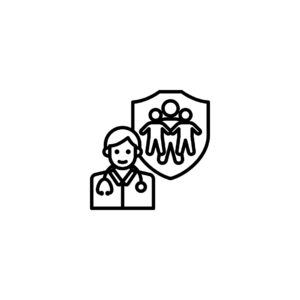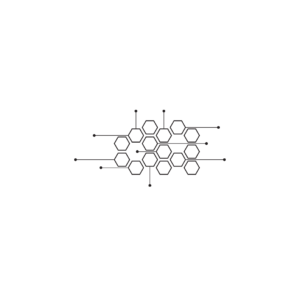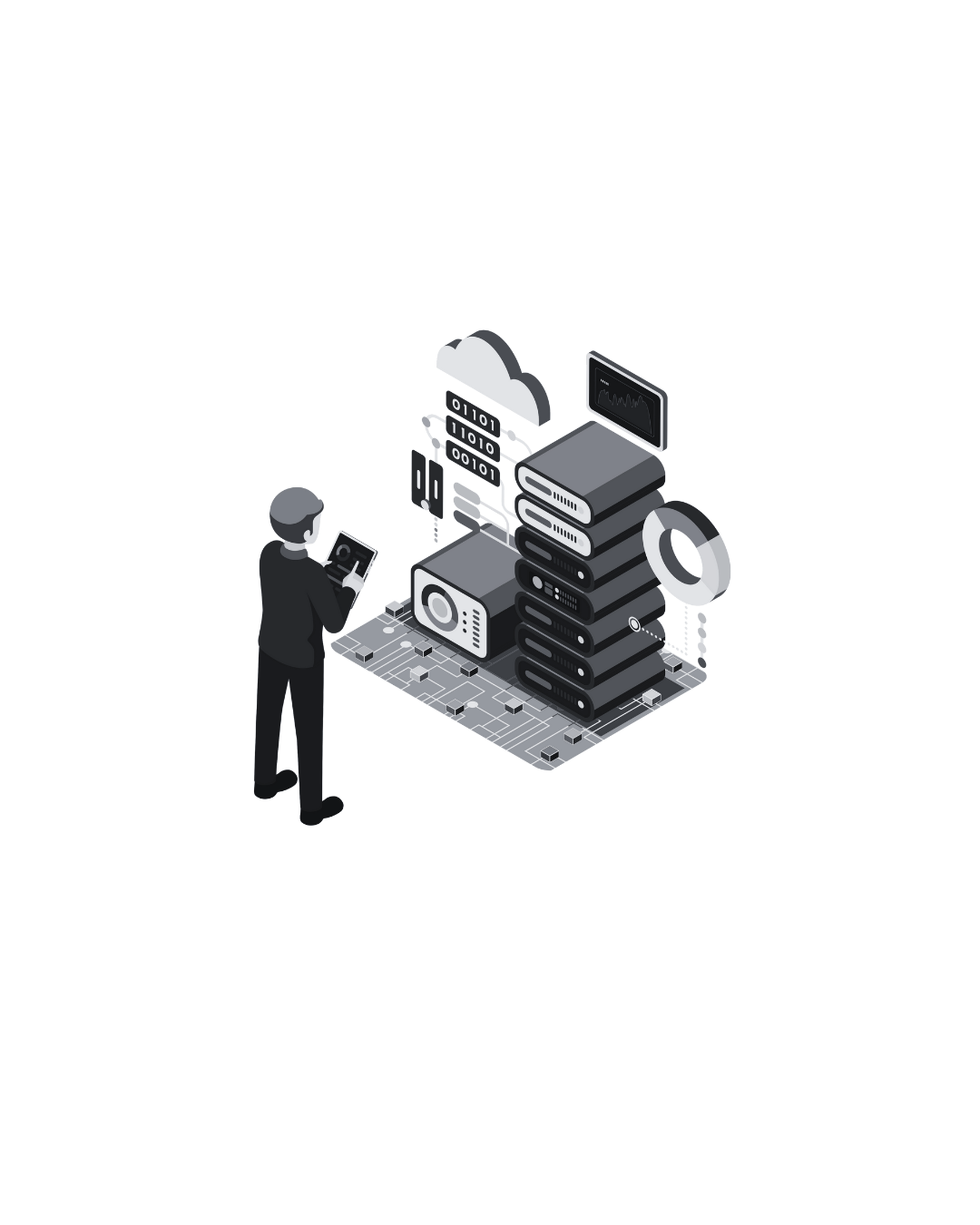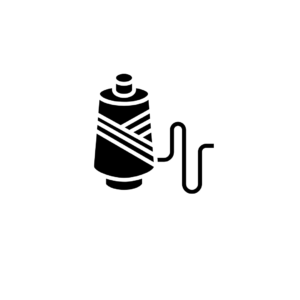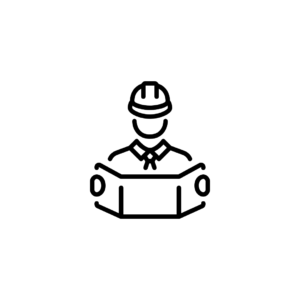Description
A Diploma Lateral Entry in Computer Science & Engineering is an advanced program designed for students who have completed a related technical diploma (such as in information technology or electronics) and wish to specialize further in computer science. This program allows students to enter directly into the second year of the diploma course, helping them build on their foundational knowledge while focusing on advanced topics in computer science and engineering.
Curriculum Overview
The curriculum for a Diploma Lateral Entry in Computer Science & Engineering typically combines theoretical studies with practical applications and hands-on experience. Here are some common subjects and areas of study you might encounter:
Fundamentals of Computer Science:
Introduction to the basic concepts of computer science, including hardware, software, and system architecture.
Programming Fundamentals:
Learning programming languages (often including C, C++, and Python) and concepts such as algorithms, data structures, and object-oriented programming.
Data Structures and Algorithms:
Exploring methods for organizing and manipulating data effectively, including arrays, lists, stacks, queues, and fundamental algorithms.
Database Management Systems:
Introduction to database concepts, design, SQL, and the implementation of database management systems.
Computer Networks:
Understanding the principles of networking, including network models, protocols, and devices, with a focus on Internet technologies.
Web Technologies:
Basics of web development, including HTML, CSS, JavaScript, and server-side programming.
Operating Systems:
Study of operating system concepts, including process management, memory management, and file systems.
Software Engineering:
Overview of software development methodologies, project management, and software testing techniques.
Mobile Application Development:
Introduction to developing applications for mobile platforms, including Android and iOS development concepts.
Computer Graphics:
Basics of computer graphics, including rendering techniques, animation, and graphical user interfaces (GUIs).
Cybersecurity:
Understanding the principles of securing computer systems and networks, including threats, vulnerabilities, and mitigation strategies.
Project Work:
A practical project that allows students to apply their knowledge in real-world scenarios, such as developing software applications or information systems.
Career Opportunities
Graduates of a Diploma Lateral Entry in Computer Science & Engineering can find diverse career opportunities in various sectors, including IT companies, software development firms, and organizations looking for technical expertise. Some potential job roles include:
Software Developer: Involved in designing, coding, testing, and maintaining software applications.
Web Developer: Specializing in building and maintaining websites and web applications.
Database Administrator: Managing and maintaining database systems, ensuring data integrity and security.
System Analyst: Analyzing and improving computing systems and processes within organizations.
Network Administrator: Managing and maintaining an organization?s computer networks, ensuring connectivity and security.
Quality Assurance Engineer: Testing software applications to ensure they meet specified requirements and quality standards.
Technical Support Engineer: Providing assistance to users facing technical issues with software or hardware.
Mobile Application Developer: Developing applications specifically for mobile devices, focusing on user experience and functionality.
Cybersecurity Analyst: Implementing security measures to protect computer systems and networks from cyber threats.
IT Consultant: Advising organizations on how to best use IT practices to meet their business objectives.
Further Education
After completing the Diploma Lateral Entry in Computer Science & Engineering, graduates may choose to pursue a Bachelor’s degree in Computer Science, Information Technology, or a related field. Additionally, obtaining certifications in specialized areas such as cloud computing, cybersecurity, or data science can enhance career prospects and professional development.
If you have any questions about the Diploma Lateral Entry in Computer Science & Engineering program, potential career paths, or any related topics, feel free to ask!



